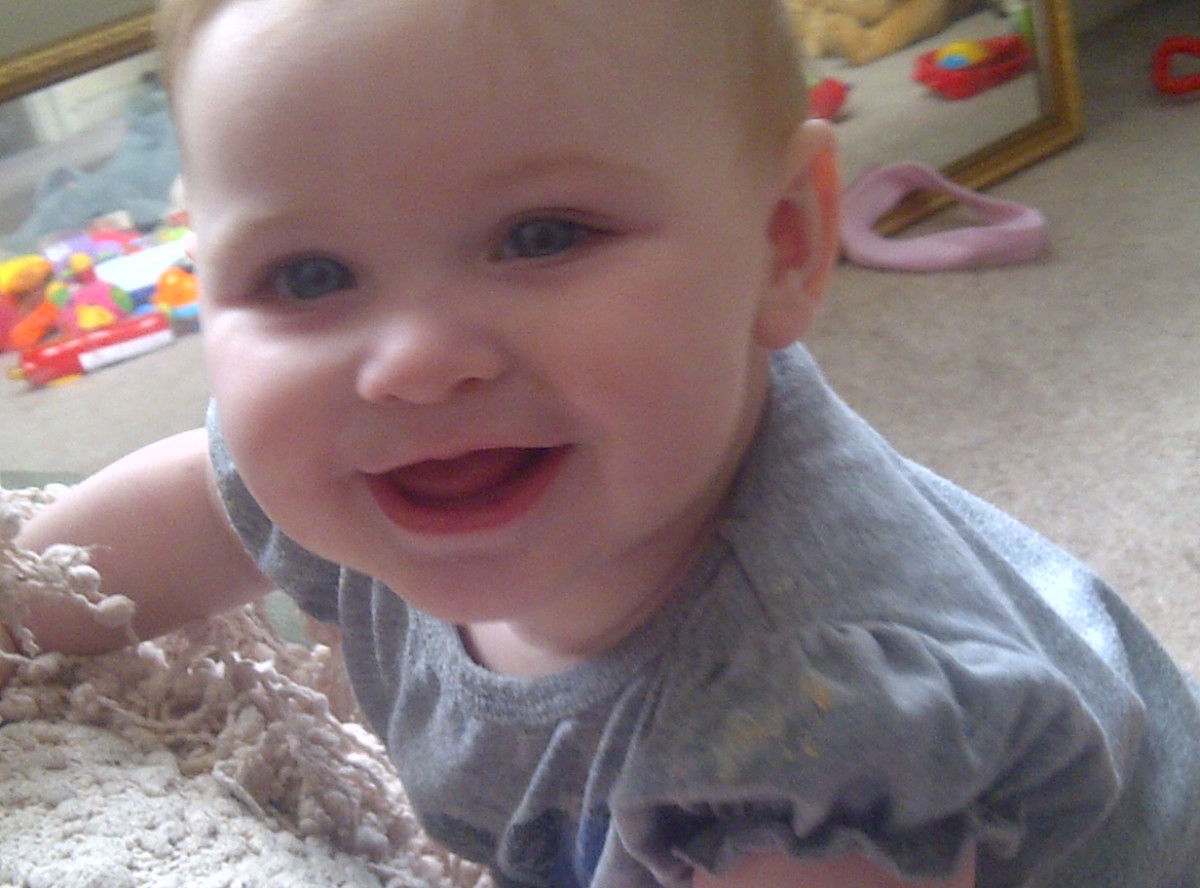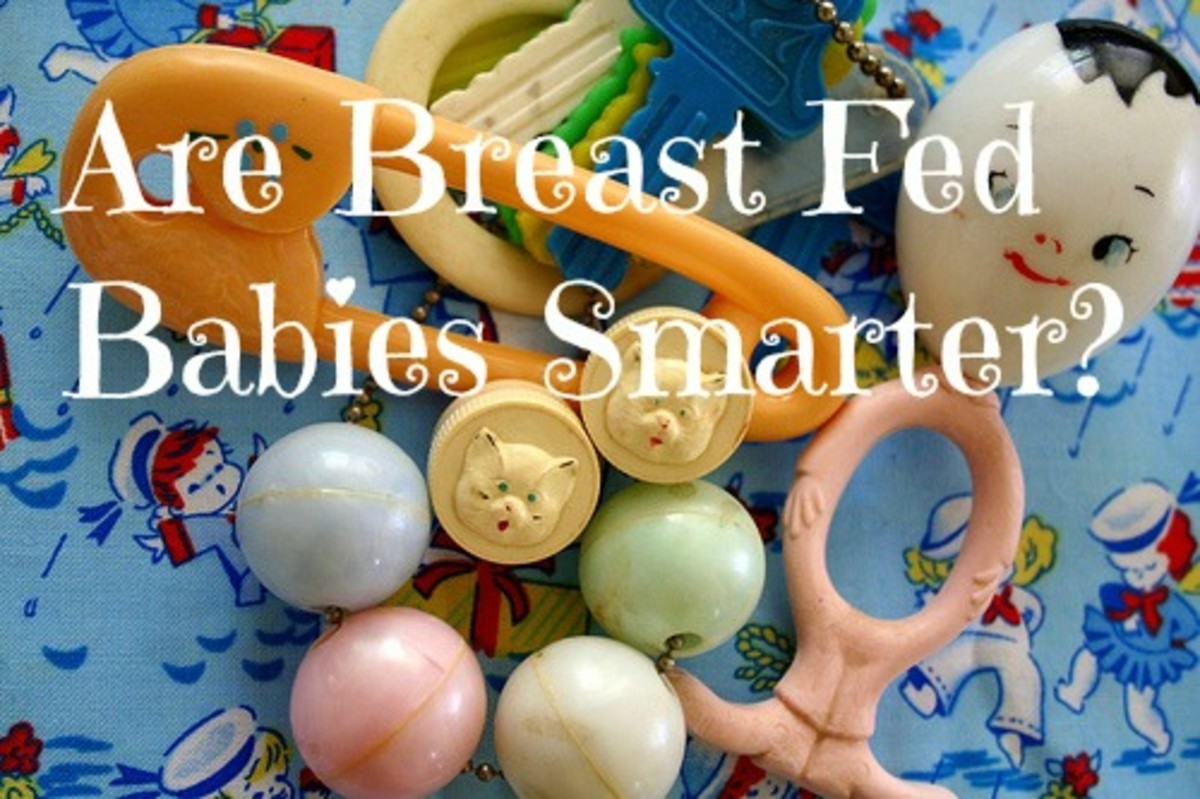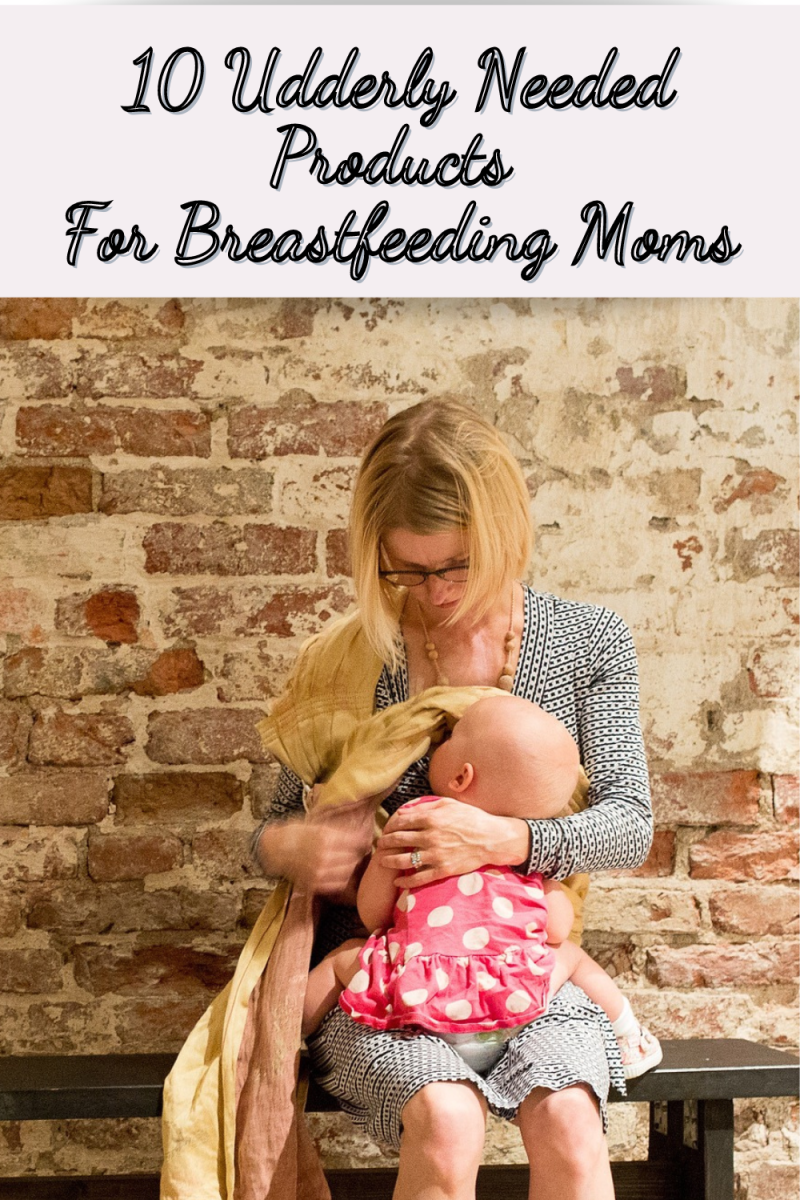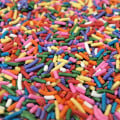My Baby Won't Drink From the Bottle

Anyone who breastfeeds or who has attempted to breastfeed will know you are not advised to offer your baby a bottle until breastfeeding is well established. Health professionals recommend holding off on both bottles and dummies (pacifiers) until around 6 weeks until breastfeeding has been well- established. What's the reason for this? It is believed that you will be more successful breastfeeding if you don't confuse your baby by offering fake teats in the form of bottles and dummies. There is also a theory that bottle feeding is easier for the baby since the milk comes out quickly with little effort from them. This might mean a particularly impatient or hungry baby might shun the breast in favour of the bottle. Breastfeeding is easy for many mums but for others it's a real struggle, especially in the early days, so it makes sense not to jeopardize things.
However, holding back on the bottle can mean your baby rejects the bottle altogether The same is true for dummies as well. In this article I examine how to prevent your baby from rejecting the bottle and what to do if the worst happens.
Prevention is Easier than the Cure
Of course ideally you should try to prevent your self from getting in a situation where your baby rejects the bottle. Now, babies who are formula fed from birth don't tend to reject the bottle- this is because they haven't got used to anything else. My advice to anyone wishing to use a bottle at some point in their child's first year- either for expressed milk- or if you are planning to switch to formula at a later stage would be to introduce the bottle a LOT earlier than the experts recommend.
I know people who have expressed and fed from a bottle as well as breastfeeding from day 1 and they have not had any problems. In fact I know of no one whose baby has rejected the breast after drinking expressed milk but I do know of quite a few people who have left it too late to introduce the bottle then have been left with a bottle rejecter on their hands. Of course you might not think this is a massive deal if you are breastfeeding anyway but it limits you to always being with your baby, not being able to go back to work, not being able to leave them during the day, not being able to leave some expressed milk for your sitters when you go out on a night out, not ever being able to share the job of feeding your baby with your husband or other family members so it is a big deal. Even the most ardent breastfeeder would like to know the option was there to feed expressed milk from a bottle if they needed it.
Of course you don't want to mess breastfeeding up by offering a bottle too early, especially when you are being warned against it by midwives and health visitors but I would recommend you wait until you feel happy and confident with breastfeeding- for some people this will be as early as a week. For others it might be a bit longer but I would suggest you offer the first bottle by 4 weeks.
Baby Expert and author of The Baby Whisperer, Tracy Hogg dismissed the very concept of nipple confusion but instead believed in 'flow confusion'. Flow confusion is caused because the milk flows out of most bottles very quickly without the baby having to do any work. In breastfeeding the baby has to latch on in a certain way, suck and move the tongue in a specific way to get the milk out. For this reason Hogg recommends that you can offer a bottle but you should choose a bottle that has vari-flow technology. Vari-flow technology mimics how milk is released from a breast whilst breastfeeding so it unlikely to cause your baby any confusion.
As well as introducing a bottle fairly early my second piece of advice would be to offer the bottle regularly- at least once a week but more often if you can manage. Babies might reject the bottle even if they have taken it previously if they do not get used to it on a regular basis. A good time to use expressed milk would be during the day while you are out and about if you find feeding in public uncomfortable or on an evening so you can go to the gym, go on a date night or even just have a long soak in the bath while your husband feeds the baby.
To Summarise
Prevent your baby from rejecting the bottle by:
- Offering a bottle of expressed milk as soon as you feel breastfeeding has been established
- Try to offer a bottle by the time your baby is 4 weeks
- Offer a bottle of expressed milk at least once a week
- Use bottles with Vari- Flow technology
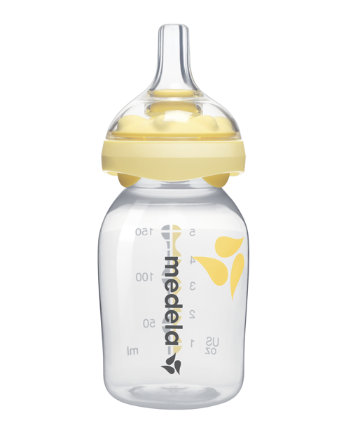
Getting Your Baby to Take a Bottle
OK so if you find yourself in a position where your baby is rejecting the bottle it's too late to take preventative measures- you need something that is going to convince your baby that- although breast is best- the bottle is OK too.
The following tips and methods will not work for every baby and you will probably have to try a few different methods out. Be prepared to be patient as none of these tips will work overnight but if being able to feed your baby from a bottle is important to you then you will persevere and eventually you will find a solution that works for you.
- Consider the Type of Bottle You Are Using
Some babies are just fussy when it comes to bottles and you'll find that once you find the right brand of bottle then they will drink from it fine. Some of the best bottles for breastfed babies mimic the shape and flow of a breast. Try the following brands:
- MAM bottles
- Tomme Tippee Closer to Nature Bottles
- NUK First Choice Bottles
- Green to Grow Bottles
- Medela Calma Breastmilk Bottles
- Medela Special Needs Feeder
All these bottles claim to be ideal for breastfeeding babies and I have heard many reports of success from different people with one or other of these bottles- you will have to experiment to find one suitable for you.
- Consider the Teat You Are Using
The teat is really the main thing that is likely to be bothering your baby. However as well as the shape of the teat (which will be determined by the different brand you buy) you should also pay attention to the flow. Most teats come with slow, medium and fast flow. For breastfeeding mums using bottles it best to go for a slow flow as this will be nearest to breastfeeding. However, if you know that you have a very fast flow you might want to experiment with the medium of fast flow teats.
- Latex or Silicone?
Most bottle teats today are made of nice white silicone. Latex teats are the yellow ones that you think of when you thing of old fashioned baby bottles. However- latex feels more like human skin than silicone so your baby may prefer a bottle with a latex teat- if you want to give this a go then both MAM and NUK bottles have latex teat options.
- Give Yourself a Break
Many women find that their baby will not take a bottle from them but will from someone else. Think about it why would your baby want to drink from a bottle when she can see and smell her mummy? Besides the whole point of offering expressed milk is so you can have a break so hand your baby and the bottle over to some one else and get out of sight. You might also find that you are getting quite stressed out about the whole situation and your baby may be picking up on that tension. If someone else feeds them, who is perhaps more relaxed about it, you may get better results.
- Mix- Feed
If your baby finds it more difficult to feed from a bottle and he is very hungry he is going to be less likely to persevere with a bottle. Try feeding half his feed from the breast and the second half from the bottle. If he is not so hungry he might be more willing to try something new.
- Switch One Feed to the Bottle
If making the switch from breast to bottle is a necessity, perhaps if you are going back to work soon, then you will have to take some decisive action. One way to do this is to commit to switching one daily feed to a bottle. At this feed offer only the bottle and if your baby refuses to feed from it don't offer the breast. Now the last thing you want is your baby going hungry so I would not advise this method in very young babies. Secondly it would be best to switch the feed that is due to be fazed out next. So if you are planning on dropping the 11 am feed soon use this feed to practise with the bottle.
Ditching the Bottle
You might decide not to bother with bottles at all. By this I don't mean that you give up on expressing milk but rather that you consider using another drinking vessel instead. This might be a good option if your baby is over three months and certainly if they are approaching one. If your baby is nearly one they should be coming of the bottle anyway and starting to drink from a beaker. For this reason you might want to try offering your expressed milk out of a beaker or a free-flow device instead.
The best bottle alternatives are:
- The Doidy Cup
The Doidy cup is suitable from 3 months and comes in a massive range of gorgeous colours. Doidy cups are cheap too and ship to every country in the world according to their website. The Doidy cup is completely open but thanks to its slanted shape babies can see the liquid and can decide the pace to drink. It uses the same jaw action as breastfeeding. They are recommended as a way to offer expressed breastmilk from 3 months and so bottles would not be need at all. To use the Doidy cup with a young baby you would sit them up right and hold onto the bottom of the cup and let the baby hold the handles and gently tip in a small amount of milk at a time. It is thought by 6-12 months the baby will be able to feed themselves from the cup.
- Tommee Tippee First Cup
This is really cheap- under £2 and is great if you are not quite ready for an open cup. It has the advantage of being free flow so it is good for your baby's oral hygiene but with out the possibility of all your precious expressed milk being spilled everywhere. You would have to assist a young baby to start but from 6 months they should be able to drink from it themselves.
- Medela Soft Cup Feeder
This is a lot more expensive than the other two but it is a more specialist product. It is not just used for fussy babies who won't take the bottle but is designed for premature babies and failure to thrive babies who need extra assistance when feeding. It looks like a bottle apart from it has an open soft cup instead of a teat. It has a non-spill design and a self filling reservoir which offers control when feeding. Some women use these instead of bottles to prevent any nipple confusion.
I really hope these tips and ideas help you. Please feel free to share your experiences and if you have any products or methods you would recommend then let me know and I'll update the hub.
Thanks for reading.
My Other Breastfeeding Hubs
- How Much Alcohol Is Safe While Breastfeeding?
Can you drink alcohol whilst breastfeeding? If so what are the safe amounts? In what way does alcohol consumption affect breast milk and are there any negative effects on your baby? This article explains why you can drink while you are breastfeeding - How to Lose Weight While Breastfeeding
An article looking at how breastfeeding helps you lose weight and tips for those who are struggling to lose weight whilst breastfeeding. - Ductal Thrush and Breastfeeding
Many breastfeeding women suffer from ductal thrush but all too often it is misdiagnosed or mistreated. This article goes through the signs, symptoms and treatment of ductal thrush in order to help women recognise when they have got the condition and


